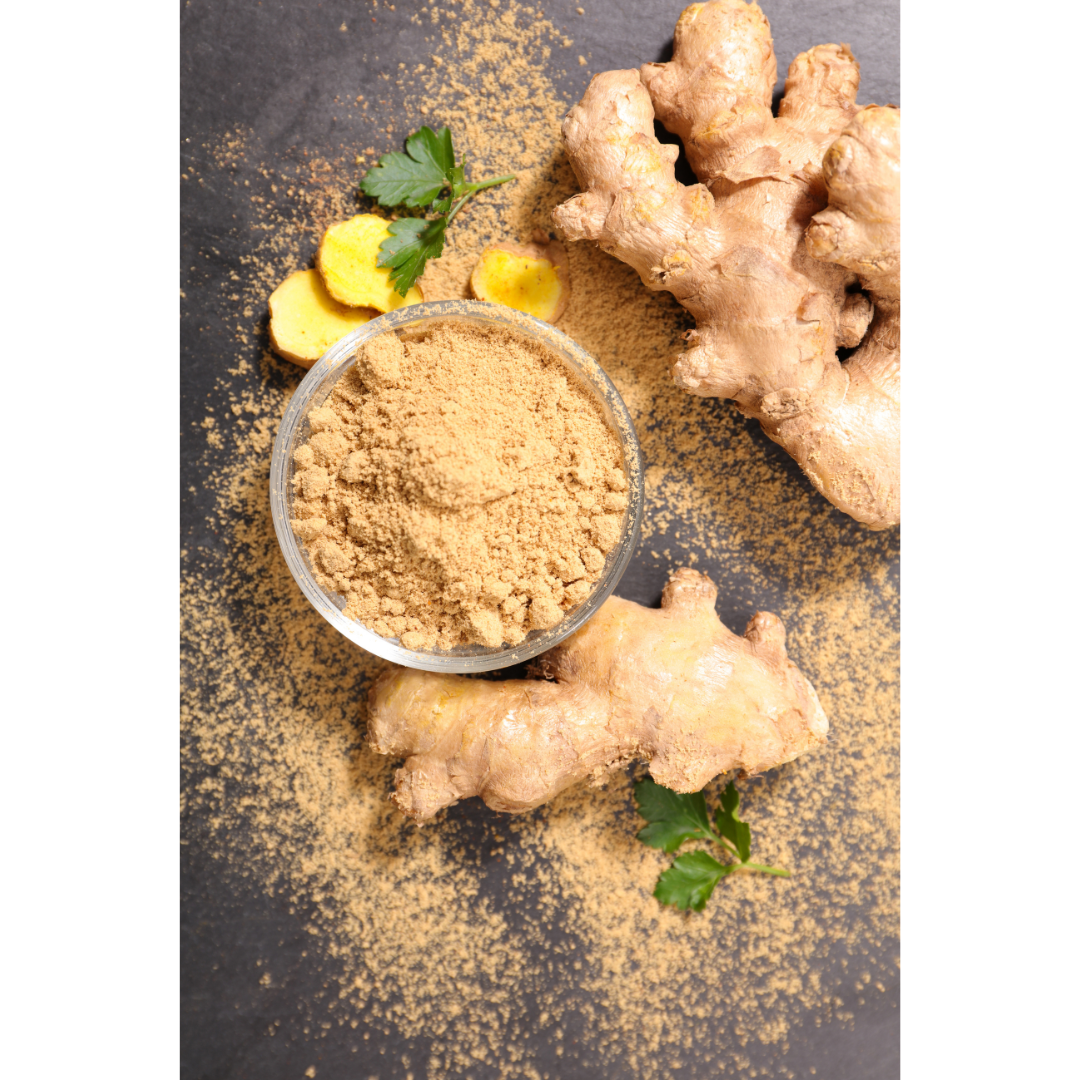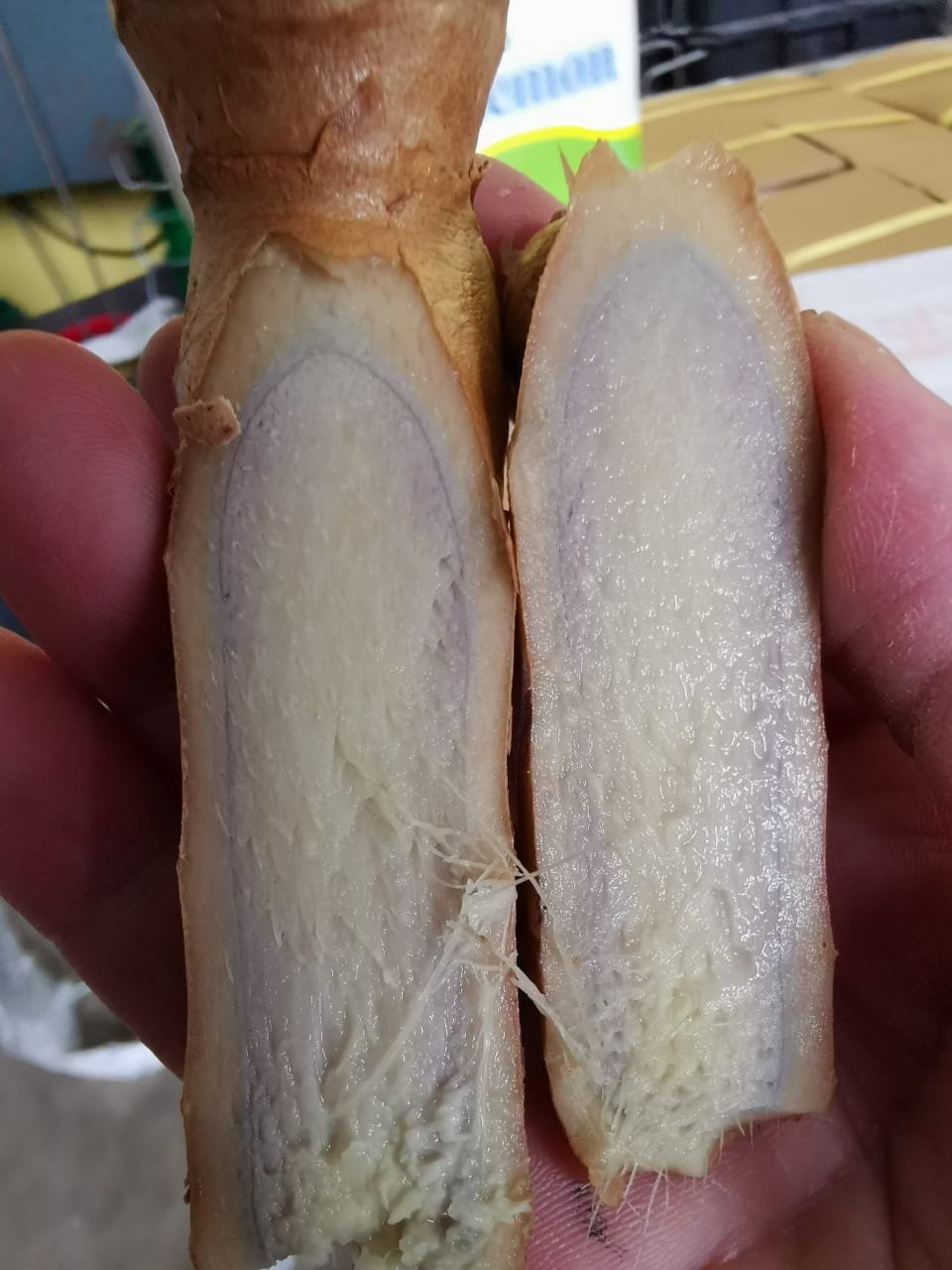Hotline: +84 976 177 200 Email: md@cncfoodjsc.com
Home / what you need to know / Gingers Get Purple - Signs Of Damage Or Is It Natural?
GINGERS GET PURPLE: SIGNS OF DAMAGE OR IS IT NATURAL?

Ginger is a popular spice used in many cuisines around the world. It is known for its distinct flavor and aroma, as well as its many health benefits. However, not all ginger looks the same. Some varieties have a purple color, which raises the question: does ginger's purple color signify something, or is it natural?
The answer to this question is somewhat complicated. In some cases, the purple color of ginger can be a sign of damage or aging. When ginger is damaged, it produces compounds called anthocyanins, which are responsible for the red, purple, or blue color. Anthocyanins are pigments found in many fruits and vegetables, and they are often produced in response to stress or injury. In the case of ginger, the purple color is most likely due to the presence of anthocyanins called cyanidin and peonidin. These pigments are more commonly found in blueberries, raspberries, and other fruits with a similar color.

In other cases, however, the purple color of ginger is completely natural. There are some varieties of ginger that are naturally purple, such as the purple ginger found in India, China, Indonesia, and Thailand. These types of ginger have a high natural content of anthocyanins, which gives them their distinctive color. In this case, the purple color is not a sign of any damage or aging but rather a unique characteristic of the ginger plant.
So, does ginger's purple color signify something, or is it natural? The answer is that it depends on the situation. If the ginger has been damaged or is past its prime, the purple color may be a sign of this. However, if the ginger is naturally purple, then the color is simply a characteristic of that particular variety. In either case, the purple color does not affect the taste or nutritional value of the ginger, so it is perfectly safe to consume.
In conclusion, the purple color of ginger can be a sign of damage or aging, but it can also be completely natural. Some varieties of ginger are naturally purple due to their high content of anthocyanins. Whether or not the purple color signifies anything, it does not affect the quality or safety of the ginger. So, whether you prefer your ginger yellow or purple, you can enjoy its many benefits without worry.
CATEGORIES
Vietnam And China Are Currently Crazy About Durians
Do You Know That Durian Is The King Of Fruits?
Gingers Get Purple - Signs Of Damage Or Is It Natural?
Vital Training Courses For The Amazing Product In The Future
Lemons And Grapefruits Are Promising When Exported
Hai Duong Carrots Have A Wide Way To Be Exported
How To Distinguish Ri6 Durian And Monthong Durian
Durian - Smelly But Incredibly Nutritious
High-Quality Vietnamese Cinnamon Powder And Oil
Featured Products & Services
*YOU MAY ALSO LIKE
Please contact us for more information:
 |
Instagram: https://www.instagram.com/cncfoodjsc |
| Facebook: https://www.facebook.com/cncfoodjsc | |
| Twitter: https://twitter.com/cncfoodjsc |
C&C INTERNATIONAL FOOD JSC
Address: TS7 Road, Tien Son Industrial Park, Tuong Giang Ward, Tu Son City, Bac Ninh Province, Vietnam
Hotline: +84 976 177 200
Email: md@cncfoodjsc.com
C&C INTERNATIONAL FOOD JSC
Địa chỉ: TS7 Road, Tien Son Industrial Park, Tuong Giang Ward, Tu Son City, Bac Ninh Province, Vietnam
@ Copyright by C&C INTERNATIONAL FOOD JSC. Designed by Vietnam Yellow Pages.